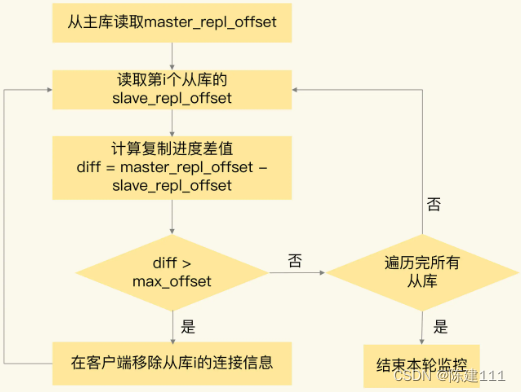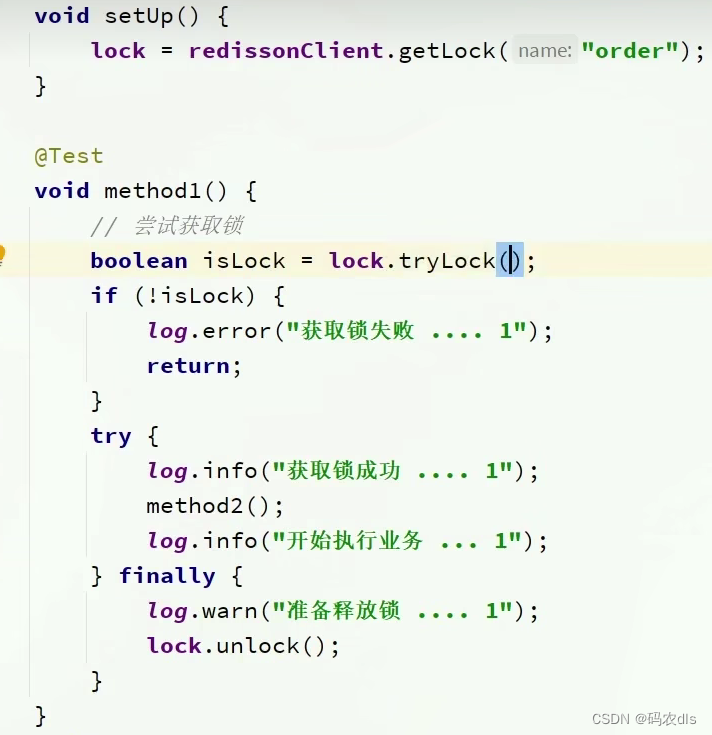本文介绍: 网上redis分布式锁的工具方法,大都满足互斥、防止死锁的特性,有些工具方法会满足可重入特性。如果只满足上述3种特性会有哪些隐患呢?redis分布式锁无法自动续期,比如,一个锁设置了1分钟超时释放,如果拿到这个锁的线程在一分钟内没有执行完毕,那么这个锁就会被其他线程拿到,可能会导致严重的线上问题。既然存在锁过期而任务未执行完毕的情况,那是否有一种可以在任务未完成时自动续期的机制呢,几年前在redisson中找到了看门狗的自动续期机制,就是解决这种分布式锁自动续期的问题的。
一、背景
网上redis分布式锁的工具方法,大都满足互斥、防止死锁的特性,有些工具方法会满足可重入特性。如果只满足上述3种特性会有哪些隐患呢?redis分布式锁无法自动续期,比如,一个锁设置了1分钟超时释放,如果拿到这个锁的线程在一分钟内没有执行完毕,那么这个锁就会被其他线程拿到,可能会导致严重的线上问题。
既然存在锁过期而任务未执行完毕的情况,那是否有一种可以在任务未完成时自动续期的机制呢,几年前在redisson中找到了看门狗的自动续期机制,就是解决这种分布式锁自动续期的问题的。

Redisson 锁的加锁机制如上图所示,线程去获取锁,获取成功则执行lua脚本,保存数据到redis数据库。如果获取失败: 一直通过while循环尝试获取锁(可自定义等待时间,超时后返回失败),获取成功后,执行lua脚本,保存数据到redis数据库。Redisson提供的分布式锁是支持锁自动续期的,也就是说,如果线程仍旧没有执行完,那么redisson会自动给redis中的目标key延长超时时间,这在Redisson中称之为 Watch Dog 机制
二、redisson 看门狗使用以及原理
1.redisson配置和初始化
pom.xml
application.yaml
redisson配置类
2.redisson看门狗使用
使用redisson分布式锁的目的主要是防止分布式应用产生的并发问题,所以一般会进行一下调整改为AOP形式去进行业务代码解耦。这里会加入自定义注解和AOP。
3.redisson源码
声明:本站所有文章,如无特殊说明或标注,均为本站原创发布。任何个人或组织,在未征得本站同意时,禁止复制、盗用、采集、发布本站内容到任何网站、书籍等各类媒体平台。如若本站内容侵犯了原著者的合法权益,可联系我们进行处理。







